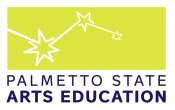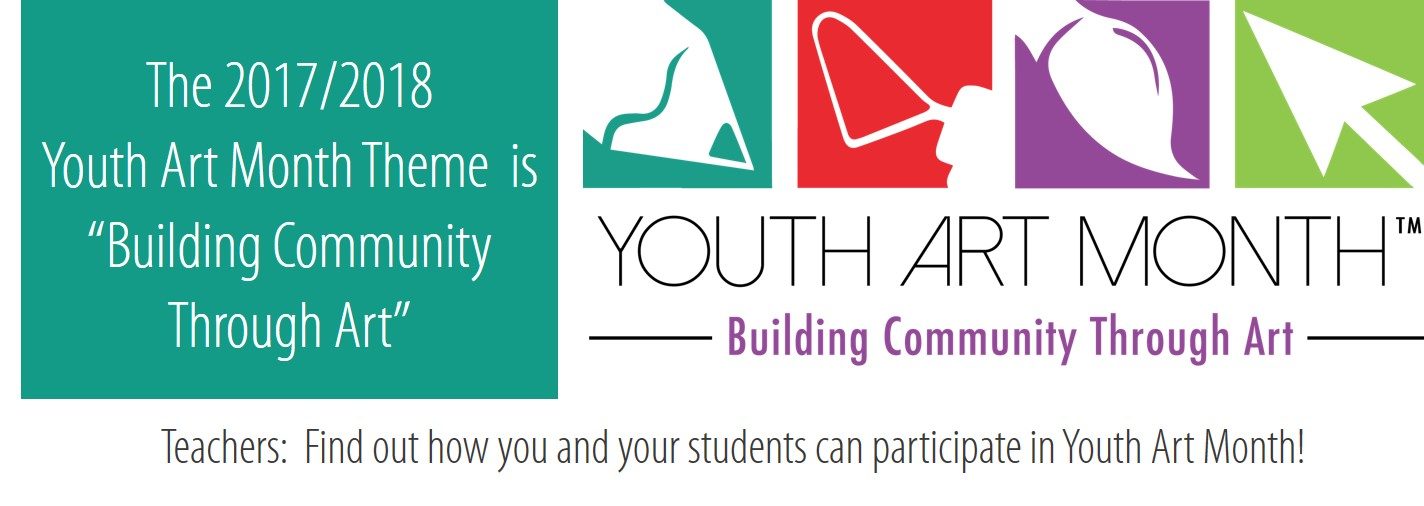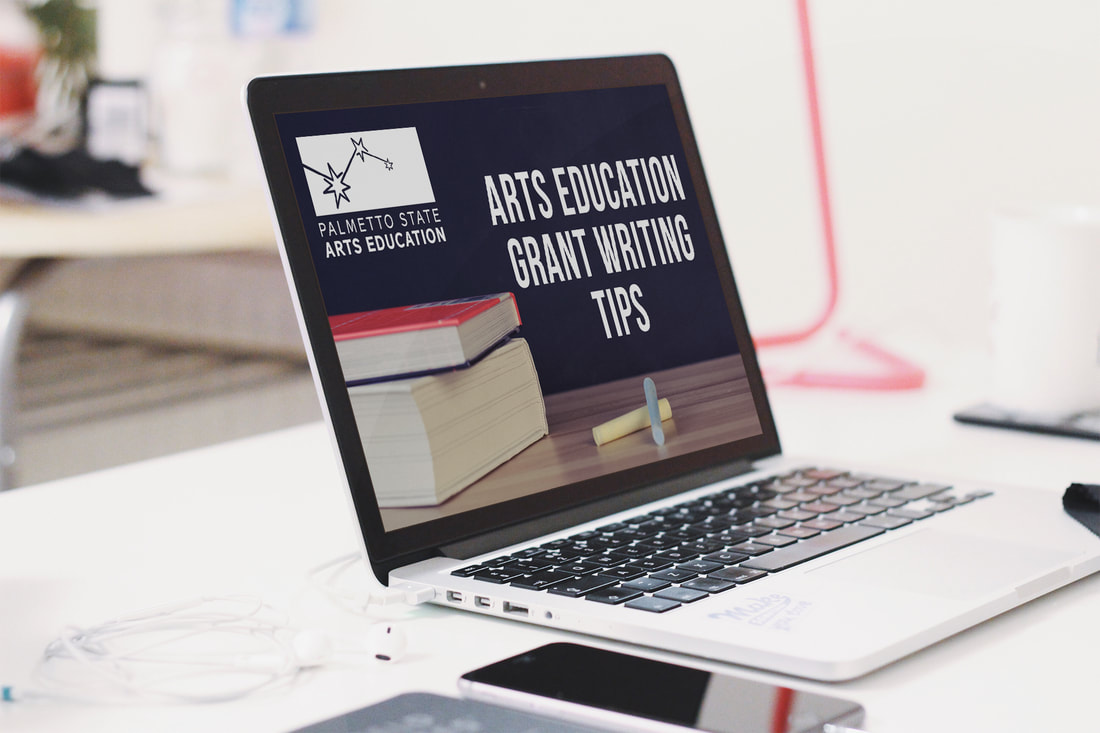We all know that it takes a village to develop and sustain a successful arts program. That includes having a highly motivated and competent teacher at the helm, student buy-in, support from parents, support from the community and support from school and district administration. If any one of these components is lacking or missing it is likely that achieving success, whatever that might be defined as, will be hard to come by. In our blog today we are going to take a look at support from school and district administration – what it looks like, is it given or earned, developing professional relationships and how to handle situations where you might not feel supported. What is Administrative Support?School and district administrative support for arts programs is going to look different from district to district, school to school, program to program and teacher to teacher depending on the scenario and a million different variables. That means there is not just one clear cut answer. What one district or school can do to support teachers might or might not be possible in other places. However, here are universal supports that can be provided by school and district administration, in my opinion.
Is it possible for every administrator to provide all of these supports to all teachers every single day? Of course not. However, it is a great place to start and a good way to do some self-reflection as an administrator to see if you are providing support to arts programs in the way it’s needed the most. Is School and District Administrative Support Given or Earned?The answer is very simple. BOTH! Some of the supports listed above are simple and come very natural to administrators. However, many of the supports listed above only come with trust. Trust is built when teachers demonstrate over time that he or she is highly competent, dependable and a team player. Remember, actions speak much louder than words. If you want a high level of trust and support from administration you’ve got to be sure you are 100% professional, 100% of the time too. Be on time, be organized and always be willing to be a team player. That means that you are willing to work with others outside of your arts area and do whatever is needed to be done. One last thing that will help you earn the trust of administration is to be FLEXIBLE. That can sometimes be hard for arts teachers but your flexibility helps the administration carryout initiatives that are important to them. Your willingness to help and your flexibility will make you a valuable team player. In the long run that builds credibility and trust and as a result you will feel valued and supported by school and district administration at a higher level. What Kind of Relationship Do You Have With Your Administration? Get to know your school and district administration. Communicate with them on a regular basis about all of the great things going on in your program. They should hear from you, know you and know your program long before a problem comes up. Watch this great video to hear more about this from a teacher’s perspective. What Can You Do If You Feel That You or Your Program is Not Supported by School and District Administration? This is not a concrete list and I’m sure all of you could come up with just as many if not more suggestions. However, here are my thoughts on what you can do if you feel that you or your program is not supported by school and district administration.
0 Comments
We in PSAE celebrate the creativity of our young people every day in all that we do! But nationally, the month of March is designated as Youth Art Month.
Youth Art Month is a celebration of the visual arts through student exhibitions, public artworks, art festivals and school events which raise awareness and support of the visual arts to local and state education officials, business and community leaders, and state and federal legislators. The Art & Creative Materials Institute (ACMI) created Children’s Art Month in 1961 as an event to emphasize the value to children from participating in visual art education. In 1969, the celebration expanded to include secondary school students, and the Children’s Art Month event officially became known as Youth Art Month. In 1984, ACMI created the non-profit organization The Council for Art Education (CFAE) to advocate for visual art education. Communities throughout the country celebrate Youth Art Month in many ways. In Spartanburg, SC, the Chapman Cultural Center hosts a student exhibition with works from every public and private school in the county, grades K-12. It’s a wonderful tapestry of colorful and imaginative artwork filling two floors of our exhibition building! Each year, a different Spartanburg School District hosts a reception, and the local SunTrust Bank sponsors the exhibit, providing volunteer greeters at the reception, which is usually attended by over 1,000 people! The 2018 reception will be the evening of Monday, March 19th hosted by Spartanburg School District Four. According to the CFAE, Youth Art Month exists to:
To find out more, visit councilforarteducation.org. Join with others in your community and celebrate Youth Art Month in your own unique way! And share your celebrations with PSAE!
I was in graduate school when I wrote my first “big grant application” and was so confident I decided to share it with an advisor about 24 hours before it was due. You know, to get a little pat on the back before submitting. So imagine my shock when she called and asked, “Have you submitted this to the University’s Department of Sponsored Research?” Cue record scratch. No. No I had not submitted it to the Department of Sponsored Research. I had no idea what the Department of Sponsored Research was or how it was about to make the next 24 hours one of the biggest learning experiences of my life. What I soon discovered was that our University’s internal process involved approval by the Department Chair (who was out of town) and the Dean (who was out on medical leave), more paperwork than the actual grant application itself (including a waiver for biomedical test subjects), and an average processing time of 2-3 weeks. The University recommended submitting grant applications to the Department of Sponsored Research a full month before they were due, and I had 24 hours. Over those 24 hours I made a lot of people angry, broke a lot of trust, and learned a lot of lessons. Now that I am on the other end of grant making I try to share those and other lessons with teachers and arts organizations. I get how frustrating, confusing, and overwhelming grant writing can be and understand the urge to give up. But I also understand that grants can mean a child experiences the magic of theatre for the first time. They can mean an art teacher acquires the supplies to teach print making to a future designer. Grants can help narrow gaps, improve equity, and be the reason a child holds an instrument in their hands and thinks “I can do this.” Below are my top tips for navigating the world of grants. Grant writing is a skill that improves with practice. So don’t give up – because you never know the impact your next grant can make in your program or classroom. Oh, and that first big grant I wrote? We did end up receiving funding. And I got to see firsthand how this frustrating, overwhelming, and confusing process can lead to life-changing experiences for students. Before You Begin Writing
The Writing Process
The Panel Process
Follow-Up
Special thanks to the following people for their contributions: Nancy Daugherty, National Endowment for the Arts; Anne Alston, Nebraska Arts Council; Danielle Bursk, New Jersey State Council on the Arts; Vivien Lee, Hawaii State Foundation on Culture and the Arts; Sheila Oedit, Colorado Creative Industries; Sheila Dean Ross, Delaware Division of the Arts; Rebecca Engelman, North Dakota Council on the Arts; Argy Nestor, Maine Arts Commission; Diana Green, Alabama State Council on the Arts; Jennifer Allen-Barron, Oklahoma Arts Council; Chiquita Mullins Lee, Ohio Arts Council.
Since its inception in 1987, Palmetto State Arts Education has been constant in its belief that the study of the arts is essential to basic education and has worked tirelessly to fulfill its mission to advance learning in and through the arts for all students.
Throughout the course of the year, PSAE is actively involved in projects that support this mission. This new blog will highlight the many ways in which PSAE develops awareness to ensure support for arts education, equips educators to successfully develop and deliver arts education, and acknowledges outstanding achievement and innovation in arts education. We will also keep you in the know about notable South Carolina artists and educators, as well as features and interviews of the board, staff, and South Carolina educators that make PSAE's mission possible. Be sure to check back often or subscribe to our RSS feed so you can stay in the loop on arts education in South Carolina! |
About PSAEPalmetto State Arts Education is a network of professionals dedicated to advancing learning in and through the arts for all students in South Carolina. Categories
All
|







 RSS Feed
RSS Feed